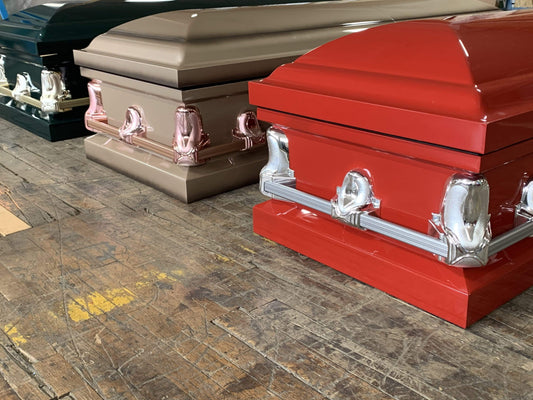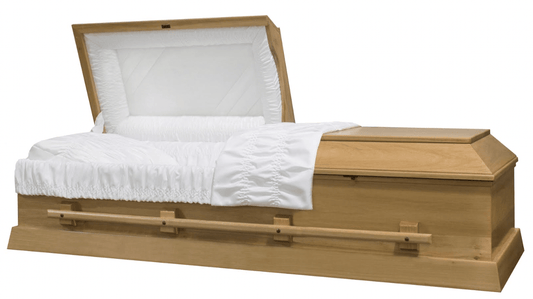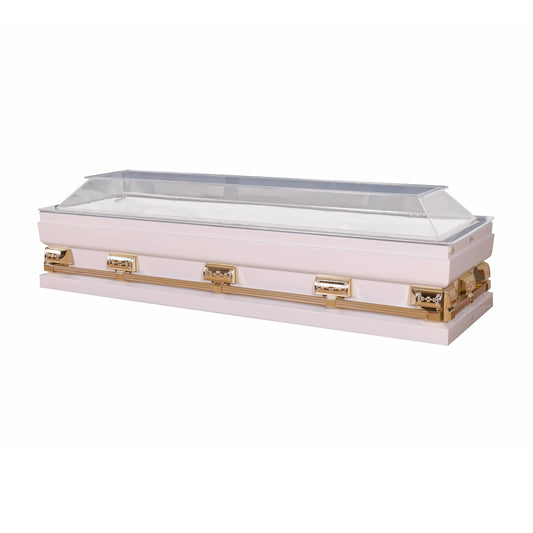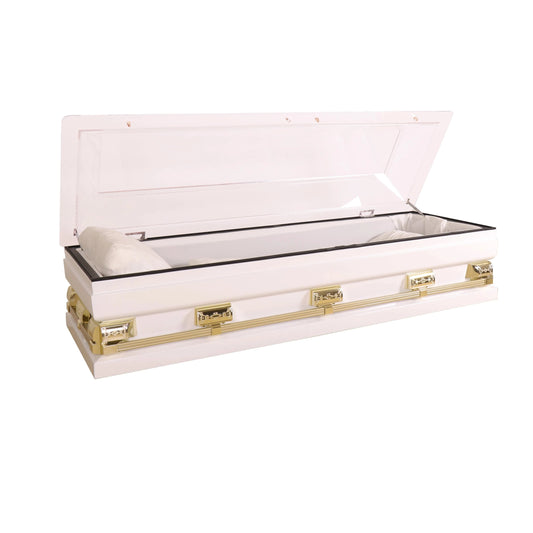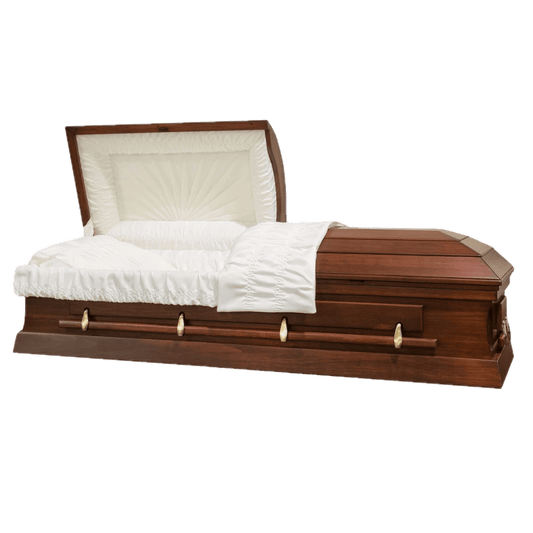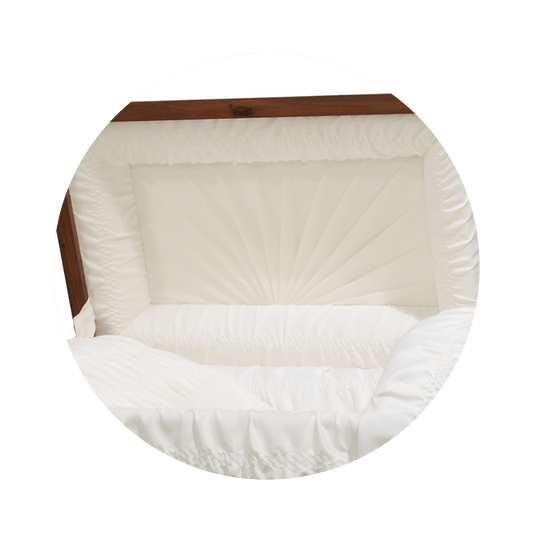When a loved one passes, families must make many decisions with regard to funeral arrangements. One of the more significant of these choices is whether or not to have an open casket funeral. Read on to learn more about what open casket funerals involve and points to consider when making your decision.
What Is An Open Casket Funeral?
An open casket funeral is a funeral in which the casket is open, revealing either part or all of the deceased’s body. Many caskets are designed so that half of the lid can be open to reveal the body’s head and torso; these caskets are referred to as “half-couch” caskets, while full-couch caskets have lids that open entirely.
Typically, the casket is located at the front of the room in which the funeral service is being held (whether in a place of worship or at a funeral home), although sometimes the casket is located in a side room.
Why Do People Have Open Casket Funerals?
For many, an open casket funeral gives friends and family the opportunity to say a final goodbye to a loved one who has passed. By seeing the departed one last time, many feel able to gain a sense of closure and reassurance that the person is now at peace.
For some, however, the prospect of seeing a loved one after death is emotionally overwhelming. This is a natural and completely understandable reaction, which is part of the reason why open caskets are usually placed at the front of a ceremony room. This enables those who would prefer not to see the deceased to maintain distance from the casket by remaining toward the back of the room.
How Common Are Open Casket Funerals?
It depends on where you live. In the United States, open casket funerals are relatively common; in European countries, less so. Certain cultures and religions do not view open casket funerals as appropriate; in the Jewish faith for example, they are generally considered unacceptable.
How Is The Body Prepared For An Open Casket Funeral?
In order for the deceased’s remains to be presentable for an open casket funeral, a professional funeral home will need to clean and prepare the body. This involves:
-
Embalming. This process, performed by a trained technician, involves removing the deceased’s bodily fluids and injecting the body with a special solution that preserves it and delays decomposition.
- Dressing and cosmetic preparation. Once the body has been cleaned and embalmed, the technician will use a variety of techniques to enhance the deceased’s appearance. This includes hairstyling, applying makeup and dressing the body in an outfit that the family has provided. The funeral home will usually ask the departed’s family members to provide a picture of the person, so that they can more accurately replicate the way that person looked in life.
How Do You Decide Whether Or Not To Have An Open Casket Funeral?
It’s a very personal decision, and there is no “right” or “wrong” answer. You should base your decision on what you and your family feel comfortable with and what you believe your loved one would have liked (if they did not explicitly make their preferences known before passing).
Bear in mind, too, that there might be practical concerns that determine whether having an open casket funeral is possible. If your loved one’s passing was the result of a traumatic accident, for example, the body may not be presentable enough to display without causing considerable upset to those in attendance. Funeral home directors can advise you on this point, based on their experience regarding the preservation and preparation of the deceased.
The funeral is not the only event at which you can have an open casket. You can choose to have an open casket visitation instead, to allow people the chance to view the deceased’s body before the funeral service. You can also opt for an open casket funeral visitation if you are planning to cremate your loved one’s remains rather than burying them.
By knowing a little more about what is involved in the process of an open casket funeral, you can make the best decision for your loved one and your family.
Let Titan Concierge help you plan with clarity, care, and confidence.
At Titan, families can find nominal, high-quality caskets and urns with full customization options. And with Titan Concierge, you get personalized planning services designed to fit your budget and priorities. Our goal is to take the stress out of planning so you can focus on what truly matters, honoring your loved one’s memory.
Contact for free expert advice at Titan Concierge today to learn how we can help you save money while planning a dignified farewell.
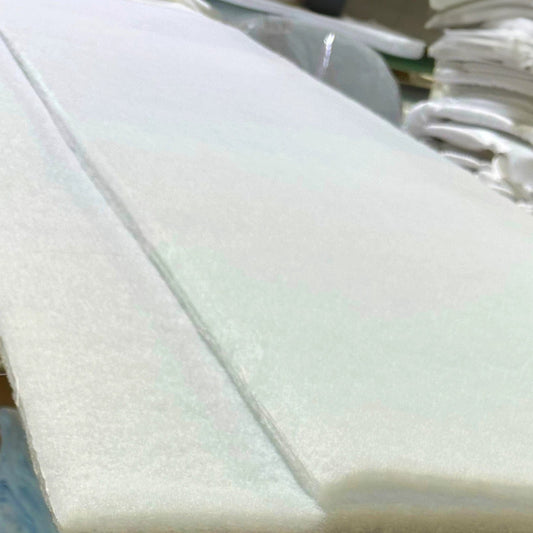
![Upgrade to Premium Weight [18-gauge steel]](http://titancasket.com/cdn/shop/products/casketthicknesswithnumbers.png?v=1680642906&width=533)
